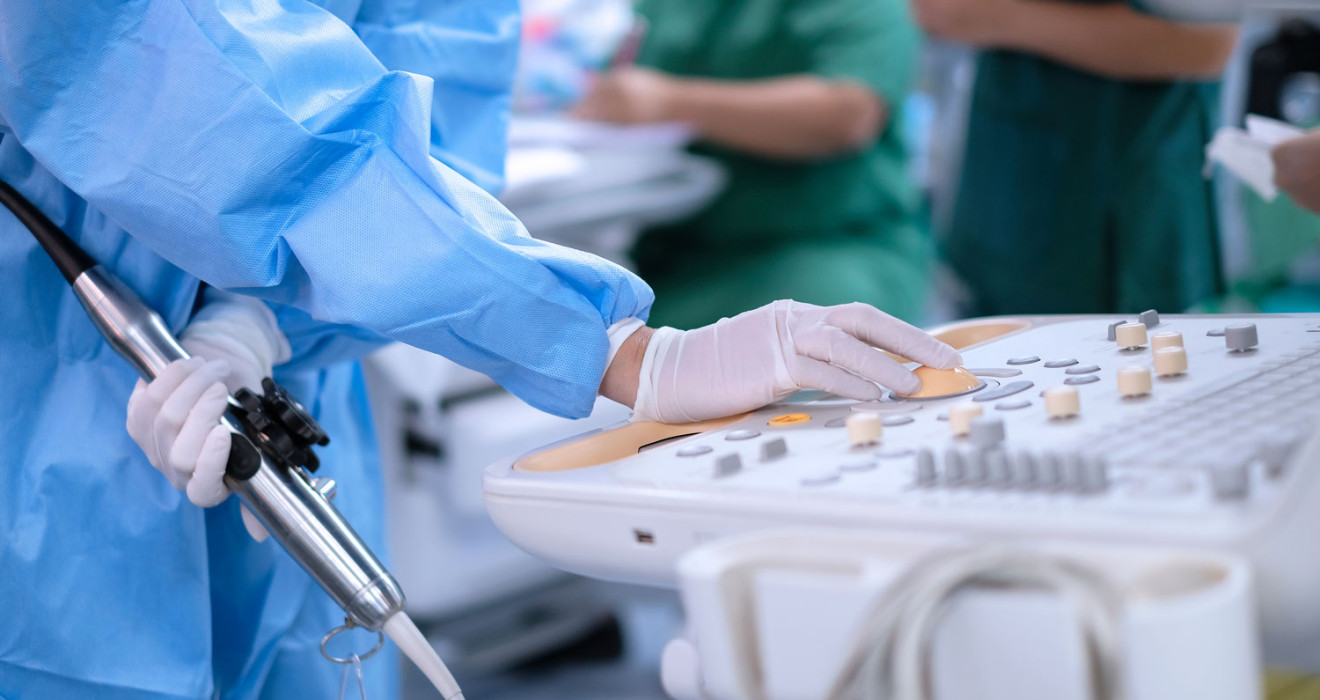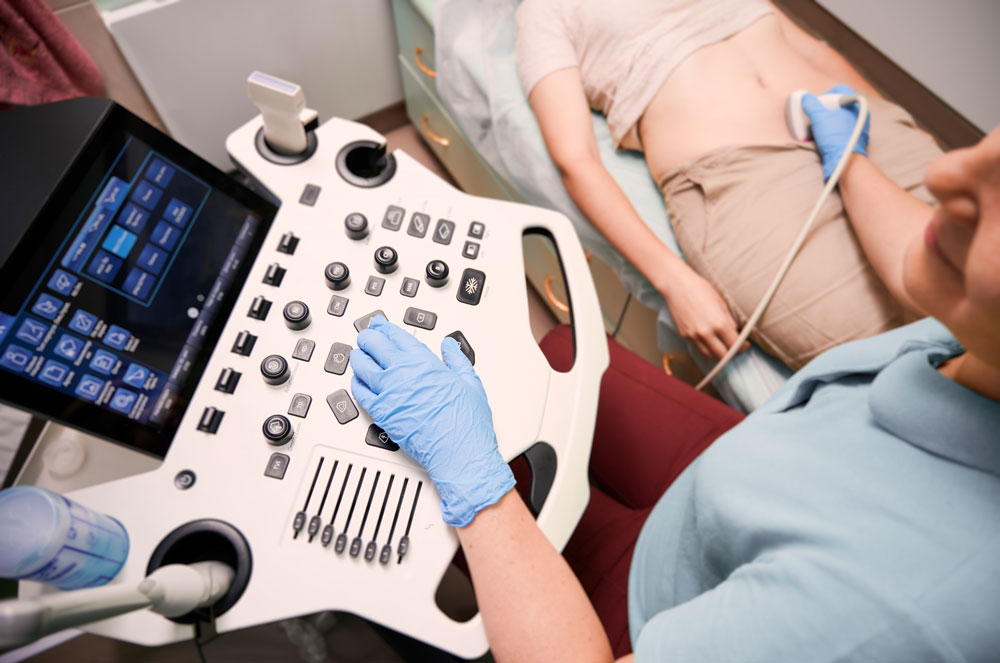
Transesophageal Echocardiography (TEE)
Transesophageal echocardiography (TEE) is a medical imaging technique used for detailed examination of the heart. This non-invasive procedure is performed by inserting a probe through the esophagus, which is the food pipe. The probe provides detailed images of the heart and its surrounding structures. TEE offers higher resolution and more precise evaluation compared to the traditional method called transthoracic echocardiography (TTE).
What is Transesophageal Echocardiography (TEE)?
Transesophageal echocardiography (TEE) is a medical imaging method used to visualize the heart and heart valves in detail. It involves the examination of the internal structures and functions of the heart using sound waves (ultrasound).
Why is Transesophageal Echocardiography (TEE) Performed?
It is used to evaluate and diagnose the following conditions:
- Heart valve diseases and disorders
- Examination of the heart wall and muscle
- Detection of blood clots or emboli
- Assessment of the size and function of heart chambers
- Evaluation of the structure and function of the coronary arteries
- Identification of aortic aneurysm or dissection
- Pre-operative and post-operative cardiac evaluation
How is Transesophageal Echocardiography (TEE) Performed?
It is performed under the supervision of an anesthesia specialist or by cardiologist alone. It involves the following steps:
- The throat area is numbed with local anesthesia.
- A thin probe is inserted into the esophagus, and the ultrasound sensor at the tip of the probe provides images of the heart and surrounding structures.
- The patient may be under sedation during the procedure, but remains conscious and relaxed.
- The images are displayed and can be recorded in real-time.
In Which Conditions is it Performed?
TEE is used to evaluate the following conditions:
- Heart valve diseases (valve stenosis, valve regurgitation)
- Aortic aneurysm or dissection
- Congenital heart diseases such as atrial septal defect or ventricular septal defect
- Cardiomyopathies (diseases of the heart muscle)
- Intracardiac blood clots or embolisms
- Pre-operative or post-operative cardiac evaluation
What are the Transesophageal Echocardiography (TEE) Risks?
Although it is generally a safe procedure, it may involve some risks and potential complications. Possible complications include:
- Sore throat or discomfort
- Difficulty swallowing
- Injury to the esophagus or stomach
- Allergic reactions
- Infection
Precautions Before the Procedure:
Before undergoing transesophageal echocardiography (TEE), the following points should be considered:
- Detailed information about the procedure: The patient should be informed about the procedure, expectations, and possible risks.
- Fasting duration: Generally, a specific fasting period is required before the procedure. The doctor will provide instructions.
- Medications: The doctor will specify which medications should be taken or discontinued before the procedure.
- Past medical history: The patient's past medical history, allergies, and other medical conditions should be taken into account.
- Anesthesia selection: The anesthesia method to be used during the procedure is determined based on the patient's health condition and the doctor's preference.
Post-procedure Precautions:
After the procedure, the following points should be considered:
- Monitoring: The patient's pulse, blood pressure, and respiration should be monitored regularly for a certain period. Close monitoring of the patient is important for possible complications.
- Rest: The patient should rest after the procedure. Relaxing measures should be taken if necessary.
- Fasting duration: Generally, eating should be avoided for a certain period after the procedure. It is important to follow the doctor's instructions.
- Medication use: The patient should continue using medications according to the doctor's instructions. Painkillers or other medications may be used if necessary.
- Monitoring for possible complications: In case of any signs of complications (such as excessive bleeding, severe pain, fever, or shortness of breath) after the procedure, the doctor should be consulted immediately.
Frequently Asked Questions
-
TEE is short for transesophageal echocardiography procedure. Transesophageal echocardiography is a medical imaging method performed through the esophagus (esophagus) to view the heart and heart valves.
-
Some patients may experience mild sore throat or discomfort after the TEE procedure. This is usually minimized by using local anesthesia.
-
During the procedure, local anesthesia is applied to the patient's throat area. Then, a thin and flexible probe is inserted into the esophagus.
-
The ultrasound sensor at the tip of the probe provides real-time imaging of the heart and surrounding structures. The procedure is typically performed by a cardiologist and an anesthesia specialist.
-
The images obtained during the TEE procedure are reviewed by a cardiologist who prepares a report. The turnaround time for the report depends on the policies and workload of the hospital or healthcare facility. Generally, results are available within a few days.


